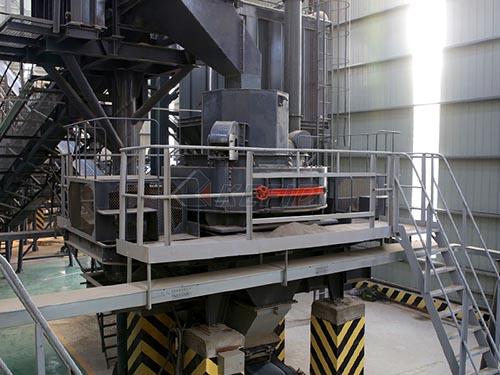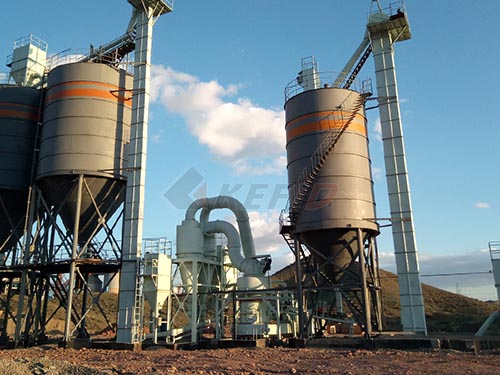The Crushing Truth: Inside China’s Ship Recycling Industry
The colossal silhouette of a decommissioned oil tanker or cargo vessel, dwarfing the landscape as it rests in a Chinese ship-breaking yard, presents a scene of profound contradiction. It signifies both an ending – the final voyage of a maritime giant – and a beginning – the transformation of thousands of tons of steel and machinery into raw materials. This is the reality of China’s massive ship recycling industry, a crucial yet often overlooked sector where economic necessity collides head-on with significant environmental and human challenges.

For decades, China has been a dominant force in global ship recycling. Centered primarily in coastal regions like Guangdong and along the Yangtze River, sprawling yards employ thousands of workers tasked with dismantling vessels that have reached the end of their operational life. The economic driver is powerful: ships are veritable floating mines of valuable steel, copper, aluminium, and machinery. Recycling this metal provides essential feedstock for China’s voracious manufacturing sector, reducing reliance on virgin ore extraction and offering substantial cost savings. Estimates suggest China handles upwards of 30% of the world’s end-of-life tonnage annually.
However, this vital economic function comes at a steep cost. Historically, much of China’s shipbreaking activity relied heavily on the hazardous “beaching” method. Ships were deliberately run aground on tidal mudflats where workers, often lacking adequate training or protective equipment (PPE), would manually cut apart massive structures using gas torches. This method exposed them to:
Toxic Substances: Asbestos (used extensively in older ships for insulation), heavy metals (lead paint), PCBs (polychlorinated biphenyls in electrical equipment), residual oil sludge, and carcinogenic fumes generated during cutting.
Physical Dangers: Falls from great heights, crushing injuries from falling steel plates or collapsing structures, fires and explosions from flammable residues or gas leaks.
Environmental Contamination: Oil spills leaching into intertidal zones and groundwater; toxic paint chips and hazardous waste materials improperly disposed of on-site or nearby.
The images associated with these practices – workers clambering over precarious structures without harnesses amidst clouds of potentially toxic dust – painted a grim picture that drew international criticism from environmental NGOs like Shipbreaking Platform and labor rights organizations.

Recognizing these unsustainable costs, significant shifts are underway within China’s ship recycling sector:
1. Regulatory Push: The Chinese government has implemented stricter regulations governing ship recycling practices. among these is the push towards “green

Leave a Reply